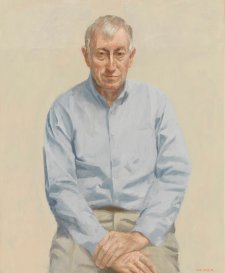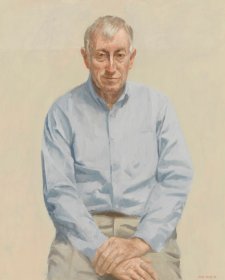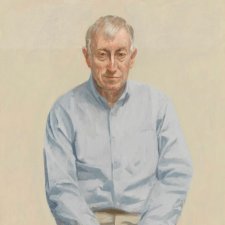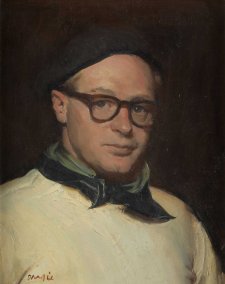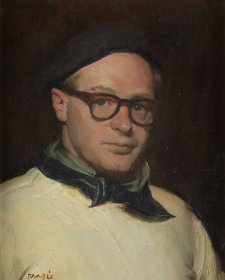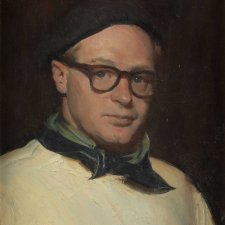The way that I approach a painting is to try to cut out as far as possible from my thinking the associations, the normal everyday associations I have with the subject. Let’s say that I am painting a portrait. Well, I don’t look at my subject as a person as we think of a person in normal circumstances; I think of my subject in terms of the medium in which I can express myself, that is, paints on a canvas, and I have to think of the limitations of this means of expression.
I have only a certain number of coloured pigments which I can apply to a flat surface. And on a very sort of superficial analysis it can be seen at once that all that a painter has at his disposal to express his thoughts are colours which are light or dark in varying degrees, colours which are warm or cool, and certain shapes disposed in certain proportions. As we often say, we can only express ourselves by means of tone, proportion and colour, tone being the intensity of the pigment, proportion being the disposition of various shapes and colour, of course, is simply this matter of warmth or coolness. There is actually nothing else that we have to use. We’ve got no soul, no expression, no – we haven’t even got a three dimension. We have to give the illusion of a three dimension by the way in which we relate our three elements: tone, proportion and colour.
When it comes to expressing a mood, well, we haven’t any mood paint on our canvas, we have to arrange again our colours, our elements, in such a way that we can convey to the spectator some feeling which we have had.
